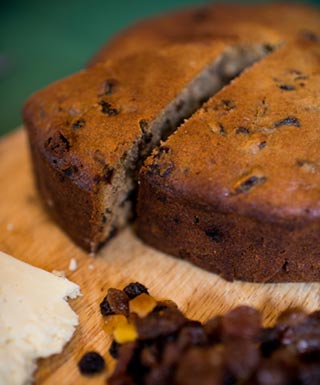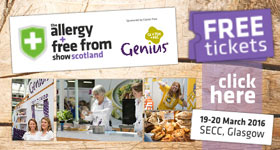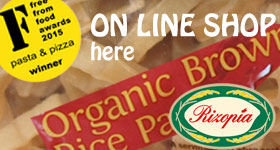|
|
Deborah and I have always shared a great joy in growing and cooking great things for each other to eat. Food and eating is so much more then just fuel, it can bring joy, delight, comfort, warmth, health. The wrong food, we are now realising to our cost, brings serious ill health. Above all, food and sharing it is about fun, love and caring for each other, your family and friends. Deborah has had an allotment for over 20 years. Her studying to be a nutritionist came from a desire to eat better, with more understanding about the effect of what we put in our mouths. Her earliest cooking experiences were making simple meals for herself and younger brothers whilst her mother taught clarinet lessons after school. I have always loved creating food for family and friends after the 'Damascene' type discovery at 18 that the way to a girl's heart was to cook her nice food. Cooking is always a way to relax, get away from the stress and tedium of the daily grind, a creative outlet. I was the parent that cooked the children's tea, dreamt up the dinner parties, prepared the Sunday lunch and one occasion created Christmas dinner for 26 people. When we started to eat gluten free, we were very disappointed by what we found in the free-from aisles in the supermarkets. It was only when we started going to the coeliac food fairs we discovered the legion of small scale bakers, butchers, brewers and food stockists offering top quality, tasty produce. In many ways, having to live gluten free has echoes of a time when it was entirely natural to make everything from scratch yourself. It is something that we largely did anyway so it wasn't a big jump for us to simply ignore the supermarkets and make cakes and bread ourselves. Requests from Deborah's Nutritional Therapy clients also drove us towards developing our cookery courses. She had been providing menu tips and recipes to support her advice but was being asked for something more practical. Our daughters, all four, were/are enthusiastic consumers of our new GF lifestyle and encouraged us to run a baking course. It was an idea we had been playing with and discussing. It suddenly seemed to have some legs, we gathered some friends for a practice run through, booked a space at the Leeds Coeliac Society Food Fair at the end of January and launched ourselves on to an unsuspecting public. We ran our 1st course to a small group in February. The Wirral and York Coeliac Food Fairs followed a tiny advert in Crossed Grain and we were off on what felt like a runaway train. For more on Deborah's courses see www.glutenfreebaking.co.uk
Deborah's recipes Click on the name of the recipe to go to it. |
½ cabbage, preferably organic
Place the cabbage in an unbreakable bowl and cover it with the salt and the water. Using the end of a rolling pin or a pestle from a pestle and mortar, pound the cabbage until juice starts to flow from it. Continue until the juice starts to cover the cabbage. Add the caraway seeds. Place the cabbage in the clean glass jar, pouring the juice over it. If you have juiced the stalk and leaves, pour that Put the lid on the jar and leave it at room temperature for 3-4 days. After that, it is ready to eat and will keep in the fridge for about a month. Traditional fermented sauerkraut is a good source of beneficial bacteria for the gut.
Gluten-free pumpkin scones
Makes 8 scones 230g Bob’s Red Mill Gluten Free All Purpose Baking Flour Preheat oven to 175°C/350°F/Gas Mark 4
1 tea bag, preferably Yorkshire Tea Preheat oven to 175°C/350°F/Gas Mark 4. In a bowl, pour 120ml boiling water on the teabag. Gluten-free ginger bread
125g butter or dairy-free spread Preheat oven to 170°C/30°F/Gas Mark 3. A 1kg (2lb) loaf tin greased and lined with baking parchment. In a saucepan, melt the butter together with the brown sugar, fructose syrup and black treacle. Add the cinnamon and ginger. Take it off the heat.
|


 Home made sauerkraut
Home made sauerkraut
 Gluten-free tea-infused fruit cake
Gluten-free tea-infused fruit cake






